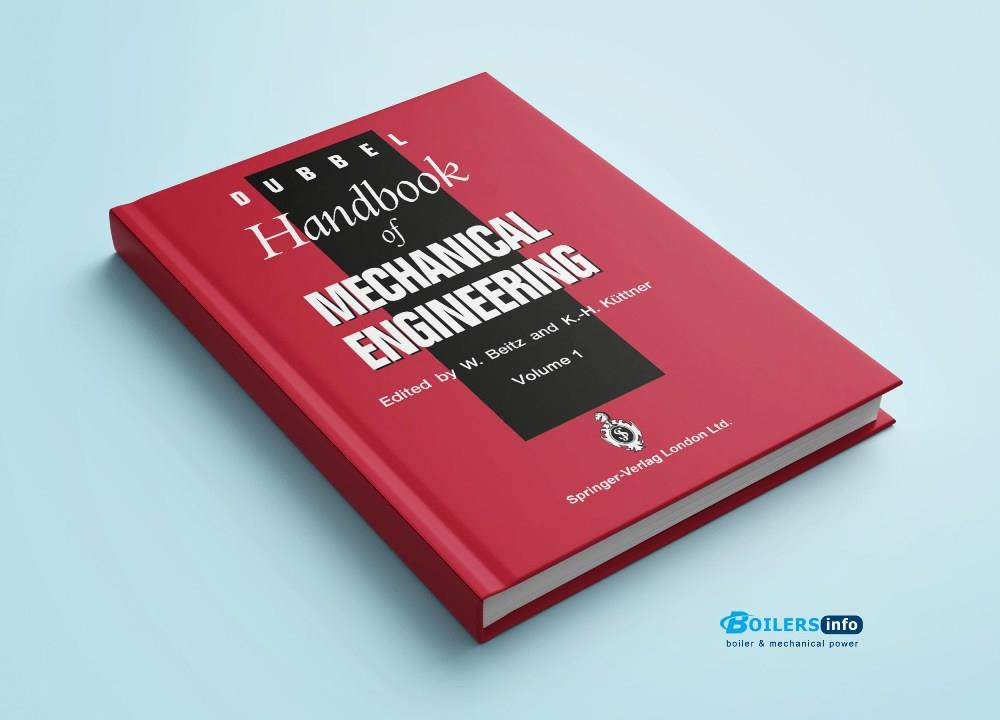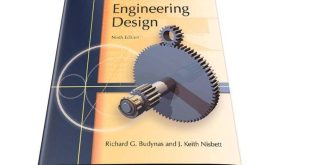The Dubbel Handbook of Mechanical Engineering is a classic and comprehensive reference manual that has served as an essential resource for mechanical engineers, designers, technicians, and students for over a century. First published by Heinrich Dubbel in 1914, this handbook has undergone continuous revisions to remain aligned with the latest technological advances and engineering standards.

Scope and Structure
The Dubbel Handbook is not a conventional textbook. Rather, it is a compact encyclopaedia, offering clear, concise, and standardized information across virtually all fields of mechanical engineering. It includes:
-
Fundamentals of Engineering Science
Topics such as thermodynamics, fluid mechanics, heat transfer, and materials science are presented with clear formulas, diagrams, and practical applications. -
Machine Elements and Design
This includes the design and analysis of gears, bearings, springs, fasteners, shafts, and couplings, with practical calculation methods and dimensioning standards. -
Manufacturing Processes
It provides details on metal forming, casting, machining, and joining processes, including welding and surface treatments, with an emphasis on tolerances and material behavior. -
Drive and Control Systems
Covering mechanical, hydraulic, and pneumatic systems, the handbook explains mechanisms of motion, control strategies, and energy transmission components. -
Engineering Standards and Data
The Dubbel Handbook is well-known for its inclusion of standardized data, such as DIN, ISO, and other international engineering norms and practices.
Why Engineers Rely on Dubbel
-
Comprehensive Coverage
The book combines theoretical foundations with practical design data, enabling engineers to move from concept to execution effectively. -
Quick Reference Format
Organized into clearly defined sections, the handbook allows quick access to formulas, diagrams, tables, and conversion factors. -
High Precision
Calculations and charts in Dubbel are backed by industry standards and extensive empirical validation, reducing the margin for error in design. -
Versatility
Whether working on energy systems, automotive design, robotics, or heavy machinery, engineers from a wide range of industries find useful content within its pages.
Modern Editions and Digital Use
While traditionally a hefty print volume, the Dubbel Handbook is now available in digital formats, allowing easier navigation and integration with engineering software tools. New editions include topics like CAD/CAM, mechatronics, renewable energy systems, and sustainability considerations in design.
Conclusion & Book⬇️
The Dubbel Handbook of Mechanical Engineering remains a symbol of reliability and technical excellence in the engineering world. For students, it offers foundational knowledge. For professionals, it serves as a trusted decision-making tool. Its depth, precision, and legacy make it indispensable for anyone serious about mechanical engineering.
 Boilersinfo Boiler and Mechanical Power Digital Library
Boilersinfo Boiler and Mechanical Power Digital Library





